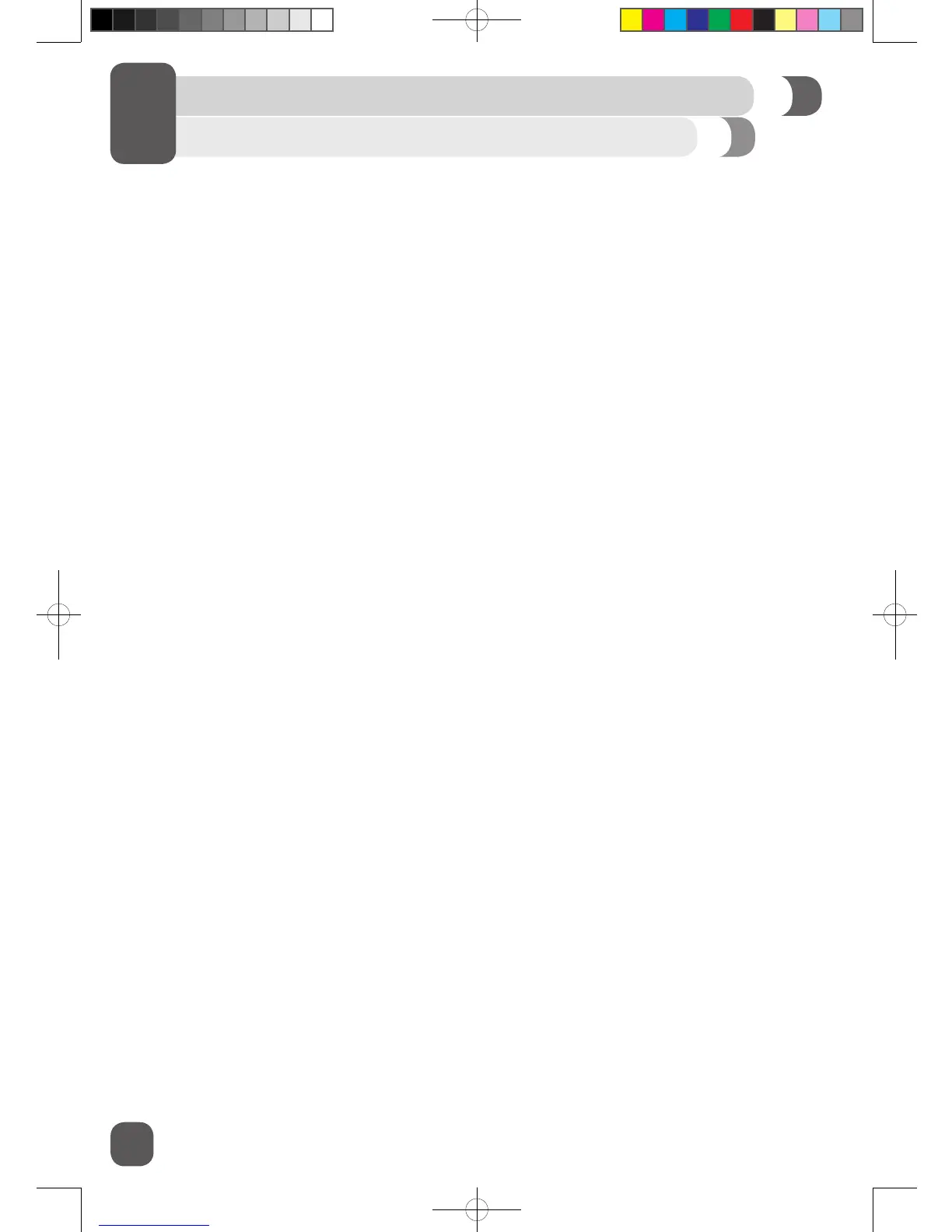34
Backstitch
Backstitching is most commonly used at the beginning and ending of seams to lock the
stitching so it does not come undone. Start sewing the beginning of the seam about 3-4
stitches, then sew in reverse for 3-4 stitches. Start sewing forward again and continue
sewing the seam to the end, then sew in reverse 3-4 stitches, then forward again to nish.
Basting
Basting is temporary stitching, sewn using a long straight stitch and reduced tension. This
temporary stitching holds fabrics together, but is intended to be removed. For example,
basting the side seams of a skirt to check the t, then the nal seam is sewn and the basting
stitch is removed.
Free Arm
In order to sew small, tubular projects such as a pant leg, sleeve cuff, etc, you will need to
take the removable storage compartment off the machine, giving access to the free arm.
Interfacing
Interfacing is specially designed material, sewn between fabrics, used to provide additional
structure to parts of a garment, for example, cuffs, collars, plackets, etc. It can be used for
buttonholes to help keep the fabric stable while sewing.
Raw Edge
The raw edge of the fabric refers to the cut edge and usually becomes the edge of the seam
allowance.
Seam
A seam is stitching that joins two fabrics together, includes the main stitching line and the
seam allowance.
Seam Allowance
The seam allowance is the amount of fabric between the seam stitches and the raw edge of
the fabric. The most popular seam allowance are 5/8” and 1/2”.
Seam Finish
Seam nishing is stitching used to keep a raw edge from unraveling or fraying.
Stabilizer
Stabilizer is special material used to provide additional support for stitches for special
techniques such as decorative machine stitching, appliqué, buttonholes and more.
Topstitching
Topstitching is straight stitching that appears on the top side of the fabric, used for adding
strength, embellishment or both.
Glossary of Key Sewing Terms
APPENDIX - GLOSSARY
